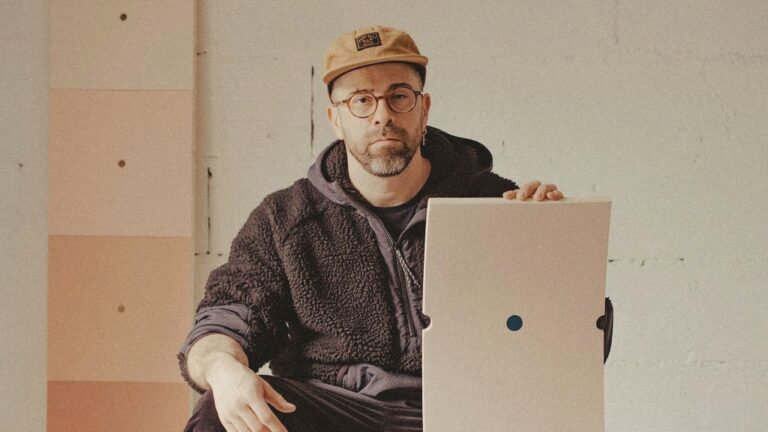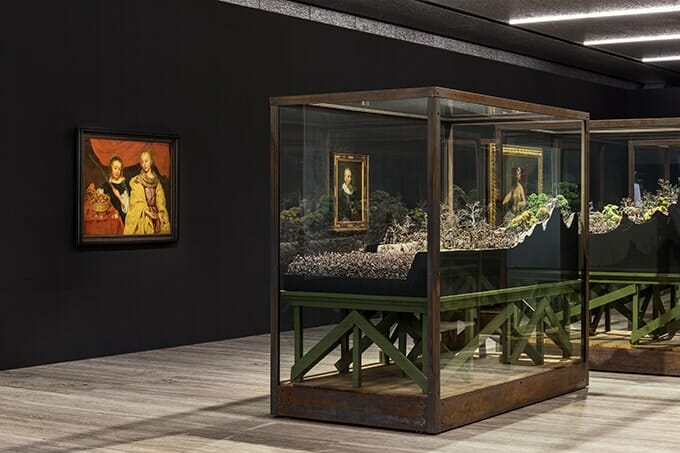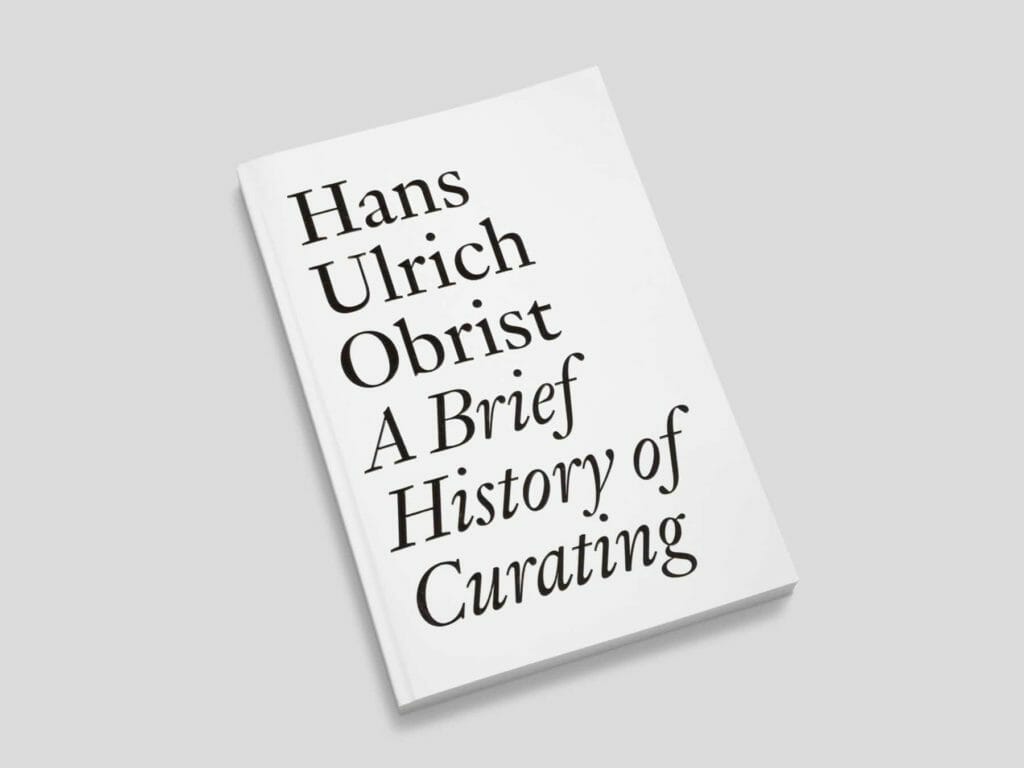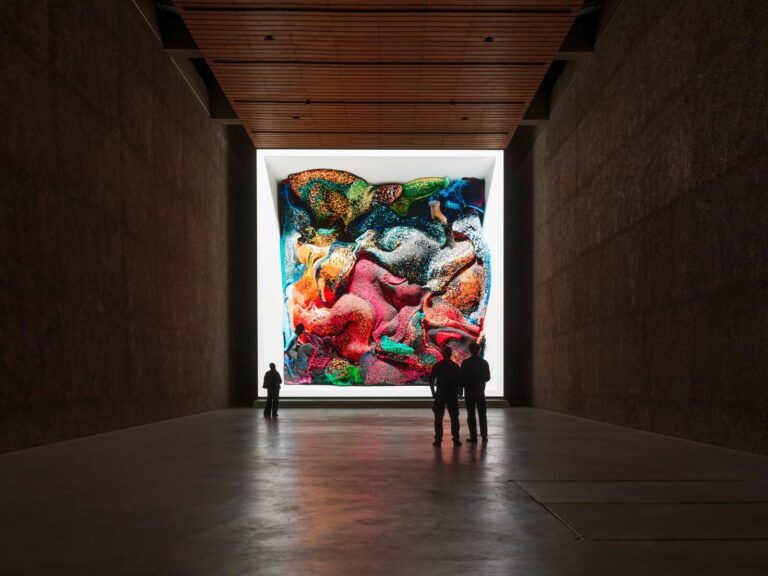
A Conversation with Alejandro Javaloyas
A Studio Visit During the La BIBI Residency
Nowadays, the verb to curate appears frequently. We listen to curated playlists, eat from curated menus, or stream films from curated platforms. But what does curating mean in the art world?
Curating in art is an endeavor of researching, selecting, managing, acquiring, organizing, inventorying, and presenting art—most often in the form of curating exhibitions.
The main aim of the curator is to create a synergy, in which the sum of the different artworks is more than the individual parts, providing an additional value in the form of (socio-political or art-historical) interpretation, education, or inspiration, for the public.
Interestingly, the word curator or curating is derived from the Latin word cura or curar, which means ‘care’ or ‘to take care.’ Curators care about art, the artist, and their audience. They take care of the artwork, the presentation, and the organization of the show. They are specialized in art history but also in managing an exhibition practically—at galleries, institutions, and beyond. Think of loans of artworks, press, and, of course, providing curatorial texts, becoming the central figure and point of contact of the show.
Even more, the definition of curating has shifted throughout the centuries, with contemporary art curating facing many challenges due to the current system and economy—but also opportunities. As a result, let us expand on the field of curating from a historical perspective, and above all, in contemporary art.
If you would be interested in discovering the most influential curators today, make sure to read our shortlist with the ten most popular and in-demand curators here.
The position of an art curator originated as early as the 17th century. Back then, a curator was seen as a guardian of art collections—most often referred to as the conservator—which in subsequent centuries gained social recognition till the 20th century, which saw a rise in independent curators.
The curator-conservator focussed on acquiring art and conserving them. However, with Modern Art, the endeavor of acquiring and selecting art became more prominent, resulting in a separation of the curator-conservator, resulting in the curator and conservator as we know it today.
Nowadays, beyond the preservation of art collections, the primary responsibilities of a curator are to organize and manage exhibitions. The act of curation is defined by its frameworks, such as a gallery, a museum or a festival an organization. Depending on an institution’s mission or project, the curator decides whether the exhibition should be devoted to a more commercial or socio-political purpose in dialogue with the entity in question.
Since the end of the 1990s, the position of a curator began to shift from a ‘traditional’ one into independent curators and artists working as curators—think of artists such as Luc Tuymans or the artist Mihai Pop, who became a curator and gallery director. More often, curating goes beyond exhibiting art objects. One sees programs that involve organized panel discussions, workshops, or participatory artworks that require the audience’s engagement.

Language, just as the working context of a curator, has become a defining tool for communication within the art world. Curators obtain the task analogous to mediators who can increase or break the barrier between the complexity of contemporary art and the public. Following the post-1989 reconciliation of political climate, worldwide art scenes became interconnected based on more globalized relations.
Gradually English became the language of the active art scene, the market, and set the foundations for working conditions in the contemporary art world. In the past twenty years, the framework of the curatorial profession expanded. Following the changing socio-political context of the world, as well as the financial crisis, methods of exhibiting and consuming art have begun to shift towards more socially-engaged practices.
The possibilities of diverse visual, sonic, written, or bodily languages are used in contemporary exhibitions to examine the complexities of social reality critically. Witnessing the exhibition programs of museums, galleries, and biennales in Europe, curatorial decisions shape the art ecosystem into a more inclusive space that fosters social dialogue.
The increasing digitalization of the art world shifts the discipline of curating into the digital space. One thing is sure; the digital realm allows the destabilization of the previously established canons. Digital Media offers an alternative for curators to step away from traditional exhibition formats, such as the white cube model. During the pandemic, the online exhibition format helped the art market evolve, progressively earning the position of a ‘new’ gatekeeper.
Digital exhibitions allowed the audience to experience art actively from their homes. This way, the global interconnectivity of art-orientated professionals and the public created an opportunity to share ideas. So it is safe to say the field of contemporary curating is changing, making its definition a fluid notion in which the only consistent thing is change—dixit Heraclitus. An ongoing development inherently connected to art and one to cherish.
For further reading on the history of curating, we highly recommend the printed publication by Hans Ulrich Obrist—one of the most influential curators today—A Brief History of Curating. Discover the current price at Amazon here.
Another great book by Hans Ulrich Obrist on curating is Ways of Curating, explaining what it means to be a curator, from his first curated show in his kitchen to traveling the world and meeting with illustrious artists such as Louise Bourgeois and Gerhard Richter. Discover the current price at Amazon here.

Last Updated on April 19, 2024

A Studio Visit During the La BIBI Residency

A Reasoned Anthology